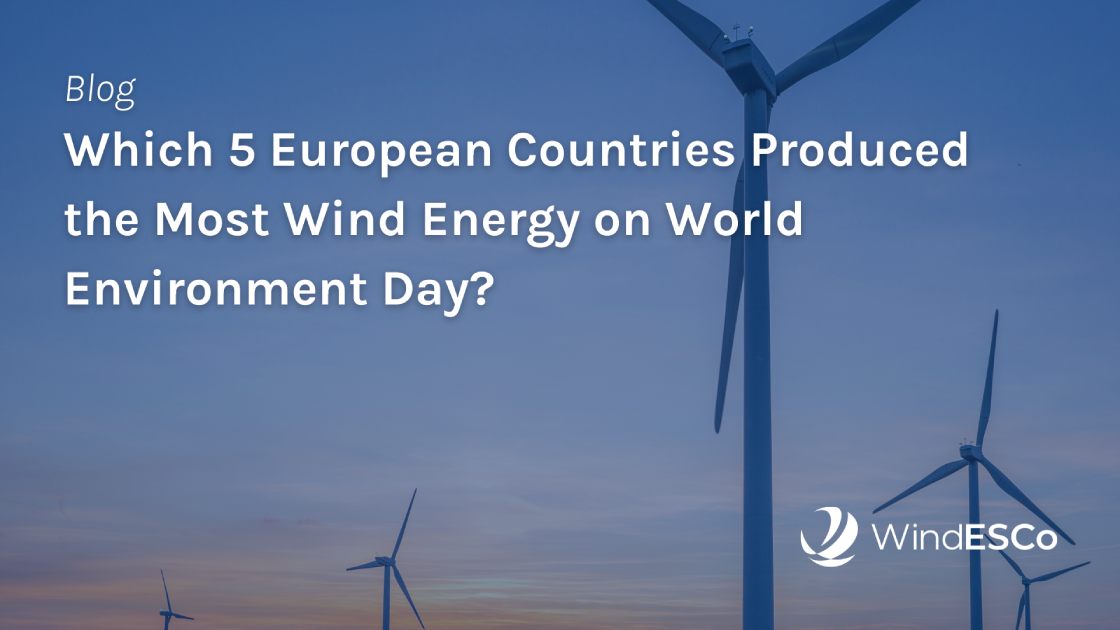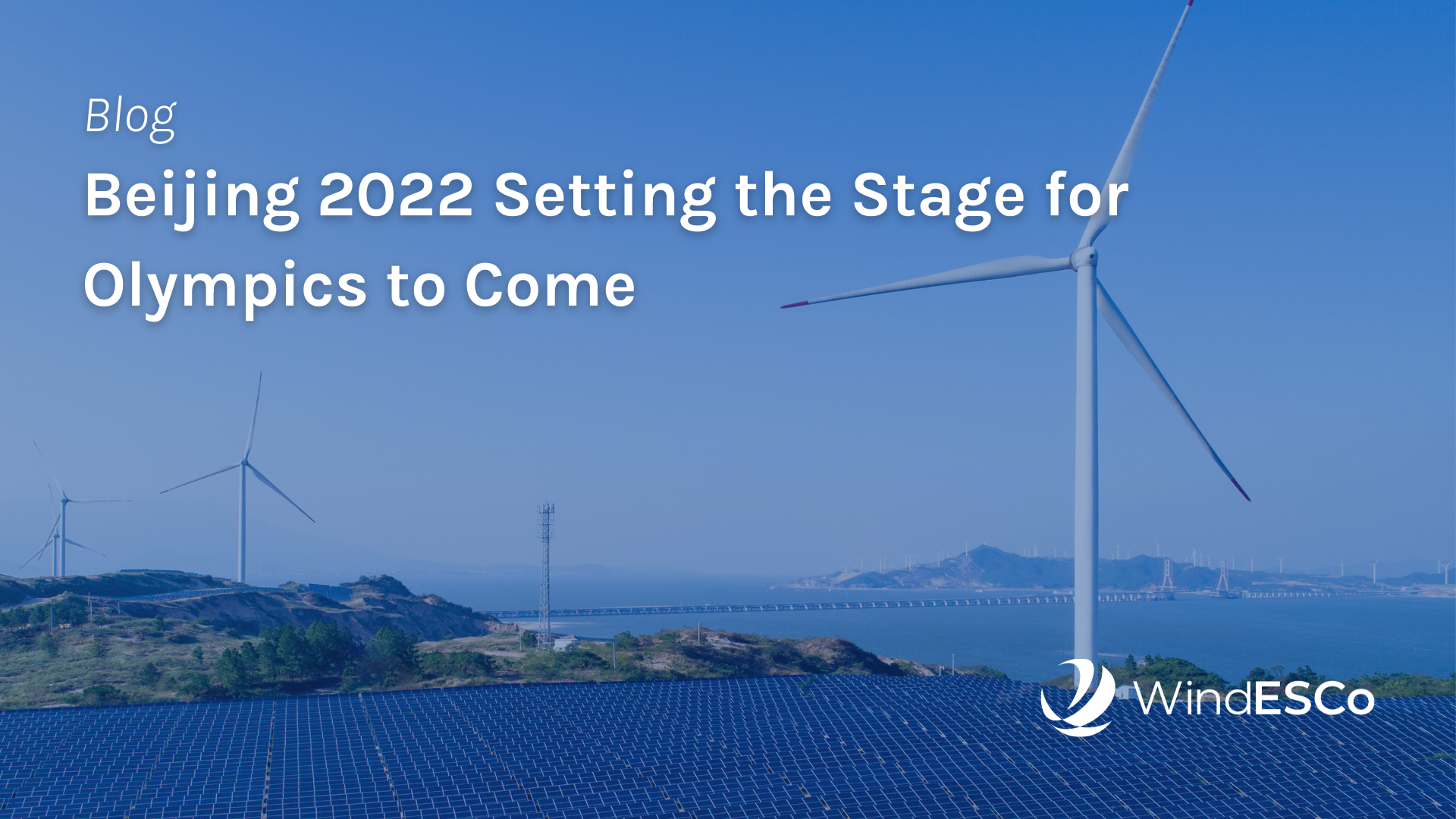2 min read
An Unreliable Grid Leads to Expensive Power Outages
The North American Electric Reliability Corporation (NERC) released its 2022 Summer Reliability Assessment this month. The assessment identifies,...
In order to reach net zero, we will need to mitigate the amount of CO2 in the atmosphere. This is increasingly more difficult each year. As populations grow around the world, the energy demand increases. Global energy consumption increases by 1-2% each year. One way to offset the amount of carbon dioxide emitted into the atmosphere is to cut down the amount of fossil fuels used during major events, such as the Olympic Games. 6.24 million spectators attend the Olympics accompanied by thousands of athletes. On average, the Games produce 3.5 million tons of CO2.
The 2022 Winter Olympic Games hosted in Beijing China are aiming to be the most carbon-neutral games yet. To achieve carbon-neutral games, Beijing 2022 has worked closely with its stakeholders to implement carbon reduction measures using low-carbon energy, low-carbon venues and low-carbon transportation. Beijing 2022 is planning afforestation projects (planting trees) in Beijing and Zhangjiakou, as well as carbon credit sponsorship (other companies aid in offsetting emissions). These efforts are expected to bring Beijing 2022 to carbon-neutral, therefore hosting the most environmentally responsible Olympic Games.
Zhangjiakou where the Olympics are taking place, 160 km from Beijing is home to the richest wind and solar resources in China. With 70 GW of potential renewable energy capacity installed so far, renewables account for nearly half of the city’s energy output. China, being responsible for emitting the most greenhouse gasses, has pledged to go carbon neutral by 2060. The carbon-neutral Olympics in China is the type of “concrete action” that climate activists are looking for.
Beijing 2022 is not only a symbol for President Xi Jinping’s sustainability goal. It is also expected to drive sustainable development in Beijing. The event has already helped contribute to cleaning the city’s skies and environment. The Olympics are expected to require 400 million kWh of energy. If it can all be provided by renewable energy, this would reduce carbon emissions by 320,000 tons. Beijing 2022 will be a global stage for the energy technology market, new energy efficiency, alternative transportation and refrigeration technologies.
Once the 2022 Winter Olympics and Paralympics are over in March, the DC grid put in place for the event will continue to contribute to Beijing’s power grid. The grid powered by wind and solar energy can bring 14 billion kWh per year of clean electricity to the city. This will account for roughly 10% of the city’s electricity consumption.
Beijing 2022 won't be the first sustainable Olympic Games. However, it is aiming to be the most carbon-neutral Olympics so far. The first Olympic Games with sustainability goals were in Lillehammer 1994. More than 20 sustainability projects took place to name the 1994 games the first “green” olympics. Among the projects were the following:
This figure shared by scientific journal Nature ranks the most sustainable winter and summer Olympics combined.
Where do you think Beijing 2022 will rank after its sustainable efforts?
The ambitious carbon emission goals of Beijing 2022 will continue to set the precedent for future Olympic Games. In January 2021, the International Olympic Committee (IOC) announced that it is aligning with the Paris Agreement on climate change. IOC set a target to reduce direct and indirect carbon emissions by 45%, by 2030. Aside from reducing emissions, the IOC will offset more than 100% of its remaining emissions. This is done through the Olympic forest project, making the IOC climate positive by 2024.
As for future Olympic Games, carbon emissions continue to be on the minds of the committee. The next Games will be hosted in Paris 2024. Previous Games have been known to consume an average of 3.5 million tons of carbon dioxide. Paris is aiming to produce 1.5 million tons of unavoidable CO2 and offset more than they produce in order to host a positive contribution to the climate. This is the first time the Games is accounting for the climate before the event happens, rather than assessing when it is too late.
To insure that future Olympic Games are increasingly sustainable, a study by Nature suggests a few solutions:
In addition to implementing these changes, the Olympics should continue to run more and more on renewable energy. Renewable energy is important to a carbon-neutral goal because it does not produce any greenhouse gasses. However, it is necessary to ensure the renewable energy assets are operating at full capacity. This will cost less money in the long run, make assets last longer and provide the Olympics with the appropriate amount of energy required to run. There are solutions on the market to improve asset performance.
To learn more, visit windesco.com or schedule a meeting to hear how we can increase your wind asset AEP.

2 min read
The North American Electric Reliability Corporation (NERC) released its 2022 Summer Reliability Assessment this month. The assessment identifies,...

A supervisory control and data acquisition (SCADA)-data based condition monitoring system uses data already being collected at the wind turbine...

World Environment Day takes place every June 5th. Hosted each year since 1973 by a different country and led by the United Nations Environment...
